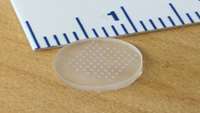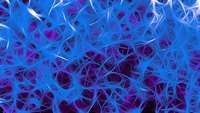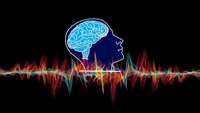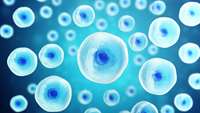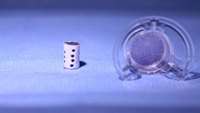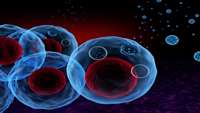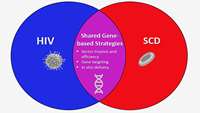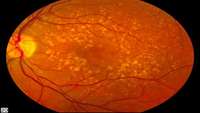Skin patch could painlessly deliver vaccines, cancer medications in one minute
Melanoma is a deadly form of skin cancer that has been increasing in the U.S. for the past 30 years. Nearly 100,000 new cases of melanoma are diagnosed every year, and 20 Americans die every day from it, according to the American Academy of Dermatology.
Gene therapy dampens epileptic seizures in early tests
Researchers have recently developed a new gene therapy technique stemming epileptic seizures at their source. The collaboration between Charité - Universitätsmedizin Berlin (Germany) and the Medical University of Innsbruck (Austria) has demonstrated promising outcomes in animal models and human tissues, utilizing a virus to target specific regions of the brain and dampen the activity which would lead to seizures before they can begin.
Brain stem cells have a good memory
The cerebral cortex acts as the control centre of our cognitive processes. During embryogenesis, dozens of types of neurons with distinct functions come together to form the circuits that drive our thoughts and actions. These neurons are generated by progenitor cells, which produce them one after the other in a very precise order.
Study reveals large molecular differences between stem cells grown on different biomaterials
The genes necessary for the growth and survival of stem cells are influenced by the biomaterials on which theyre cultured, researchers at the University of Toronto have found.
Researchers take aim at circadian clock in deadly brain cancer
Scientists at USC and UC San Diego have discovered a potential novel target for treating glioblastoma, the deadly brain cancer that took the life of Sen. John McCain and kills 15,000 Americans a year.
Addition of growth factors to unique system helps new bone formation
The development of new bone can be a multistep process: first, stem cells differentiate into cartilage cells. Next, the cartilage cells become bone cells. But thats not all: the cells must experience some mechanical stresses during the transformation in order to transform efficiently from stem cells to bone cells.
Blinking eye-on-a-chip used for disease modeling and drug testing
People who spend eight or more hours a day staring at a computer screen may notice their eyes becoming tired or dry, and, if those conditions are severe enough, they may eventually develop dry eye disease (DED).
Incubation with extracellular vesicles boosts cells’ grafting ability
A study released in STEM CELLS demonstrates how extracellular vesicles derived from human mesenchymal stem cells (MSC-EV) are able to incorporate into human CD34+ cells, modifying their gene expression and increasing their viability and cloning ability. In a test on mice, MSC-EVs also increased the cells’ ability to lodge into bone marrow.
NIH launches new collaboration to develop gene-based cures for sickle cell disease and HIV on global scale
The National Institutes of Health plans to invest at least $100 million over the next four years toward an audacious goal: develop affordable, gene-based cures for sickle cell disease (SCD) and HIV. The Bill & Melinda Gates Foundation will also invest $100 million toward this goal. The intention is for these cures to be made globally available, including in low-resource settings.
CIRM Grants May Fund the Next Great Stem Cell Achievement
All scientific achievement begins with an idea. Yesterday, three researchers at University of California San Diego School of Medicine were awarded funding by the Independent Citizens Oversight Committee of the California Institute for Regenerative Medicine (CIRM) to pursue budding ideas that might eventually impact the field of human stem cell research.


